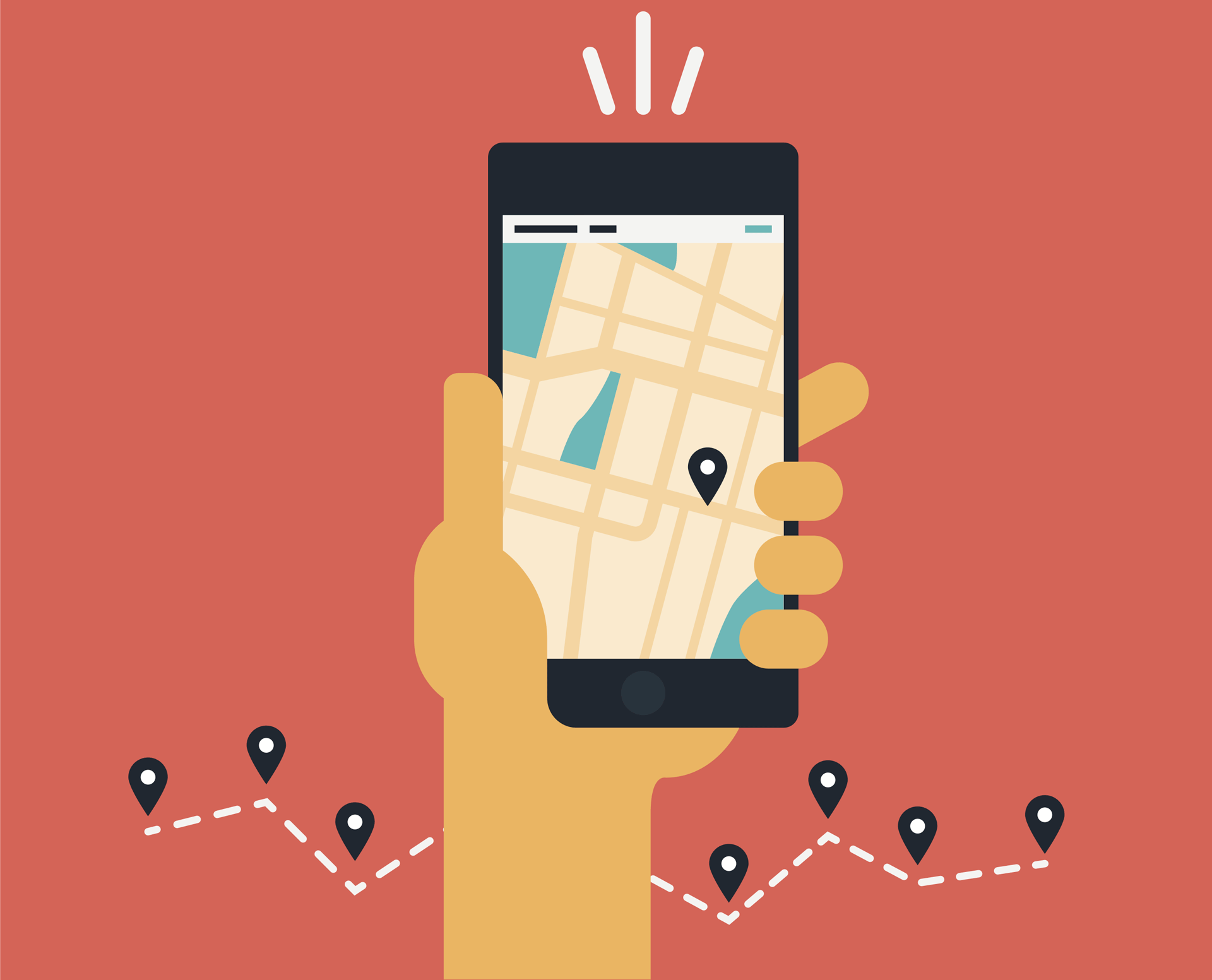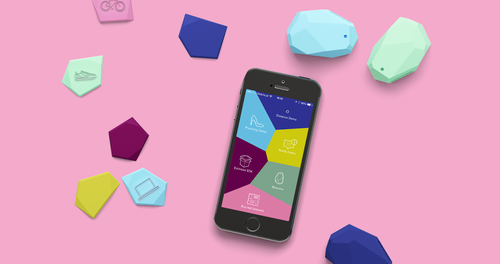Estimote Intros iBeacon-like Stickers For Everyday Use
Ever since Apple embraced Bluetooth Low Energy (BLE) as part of its iBeacon standard, BLE beacons have become the most visible proximity based location technology. Now, iBeacon developer Estimote wants to further popularize beacons with microlocation “stickers,” that people can put on everyday objects to enable them to send information to your phone. It calls […]

Ever since Apple embraced Bluetooth Low Energy (BLE) as part of its iBeacon standard, BLE beacons have become the most visible proximity based location technology. Now, iBeacon developer Estimote wants to further popularize beacons with microlocation “stickers,” that people can put on everyday objects to enable them to send information to your phone.
It calls the stickers and their use cases “nearables,” as opposed to wearables. Depending on your perspective, BLE beacons are either part of the larger “internet of things” discussion or an enabling technology for indoor location, which I’ve written about quite extensively elsewhere.
At the highest level the thing to understand about iBeacon and BLE Beacons is that they currently cannot be used to locate or track users and their smartphones; they simply broadcast messages or push notifications up to a certain range, which can vary. Apps control the user experience and what is ultimately done with the beacon signal.
TechCrunch offers a somewhat technical discussion of Estimote’s nearables. However, all marketers really need to understand is that these stickers can become a way to popularize and distribute beacons in people’s daily lives and for all kinds of common as well as commercial use cases.
The Estimote-produced video below shows some of those scenarios — putting a sticker on your bike to help it track routes traveled or on a plant to remind your phone of when it’s time to water.

Especially interesting to me was the retail scenario where a woman picks up a pair of shoes and a nearby wall video monitor is triggered, showing her product specific information (no smartphone required).
Developers are key to all of this. They will have to build and enable the apps that will make all these hypothetical use cases real. But the use cases are potentially compelling. Mobile payments can also be based on beacon technology, which adds another wrinkle to all of this.
BLE Beacons (mostly iBeacons) more broadly have been adopted as a way to deliver smartphone-based indoor and nearby location experiences by Major League Baseball, selected basketball teams, a number of high-profile retailers, museums, hospitals and others.
Interestingly, beacons are already becoming something of a commodity. And it’s important to understand that there are several other location technologies (magnetic, WiFi, acoustic, LED lighting) that complement or compete with beacons.
Beacons or similar technologies that can send messages to users based on proximity or indoor location could also turn out to be a key in delivering commercial information and “marketing” to wearables, which are not going to be as “friendly” to mobile advertising as some people believe.
Contributing authors are invited to create content for MarTech and are chosen for their expertise and contribution to the search community. Our contributors work under the oversight of the editorial staff and contributions are checked for quality and relevance to our readers. MarTech is owned by Semrush. Contributor was not asked to make any direct or indirect mentions of Semrush. The opinions they express are their own.
Related stories